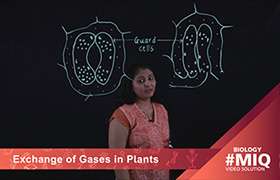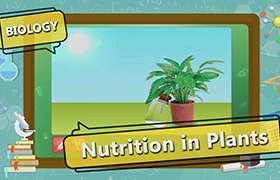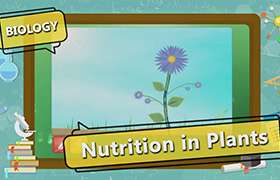CBSE Class 10 Answered
`Stomata in desert plants remain closed during the daytime to prevent loss of water`, then how do they perform photosynthesis as the stomata are closed and there is no supply of CO2.
Asked by Anukruti Valase | 07 Aug, 2014, 10:36: PM
Desert plants are CAM plants i.e. they perform Crassulacean acid metabolism. This metabolism was first observed in Crassulacean plants.
At night, the stomata are open and take in carbon dioxide. PEP carboxylase fixes carbon dioxide and produces a four carbon molecule malate. The malate gets stored in the vacuoles of the mesophyll cells.
During day, the stored malate is pumped out of the vacuoles into the stroma of the chloroplasts and broken down into carbon dioxide and enters the Calvin cycle to produce glucose.
Answered by Hemangi Binny | 08 Aug, 2014, 09:37: AM
Application Videos
Concept Videos
CBSE 10 - Biology
Asked by bgmigaurav7318 | 08 Apr, 2024, 01:46: PM
CBSE 10 - Biology
Asked by teacher_yourschool | 29 Apr, 2023, 01:57: PM
CBSE 10 - Biology
Asked by max12342732k | 06 Jan, 2023, 09:49: PM
CBSE 10 - Biology
Asked by topperlearningforcontent | 09 Jun, 2022, 01:14: PM
CBSE 10 - Biology
Asked by topperlearningforcontent | 09 Jun, 2022, 12:46: PM
CBSE 10 - Biology
Asked by priyankakiran2017 | 17 May, 2022, 09:00: PM
CBSE 10 - Biology
Asked by ashokkumartripathy | 09 May, 2022, 04:31: PM
CBSE 10 - Biology
Asked by salmansaud0121 | 15 Apr, 2022, 02:12: PM
CBSE 10 - Biology
Asked by sumanyadavyadav6789 | 15 Apr, 2022, 12:49: PM









